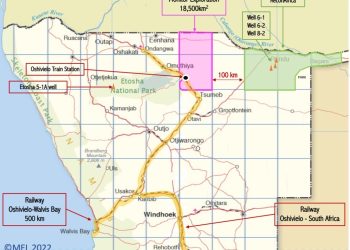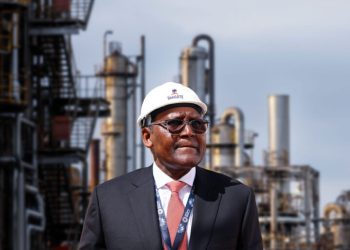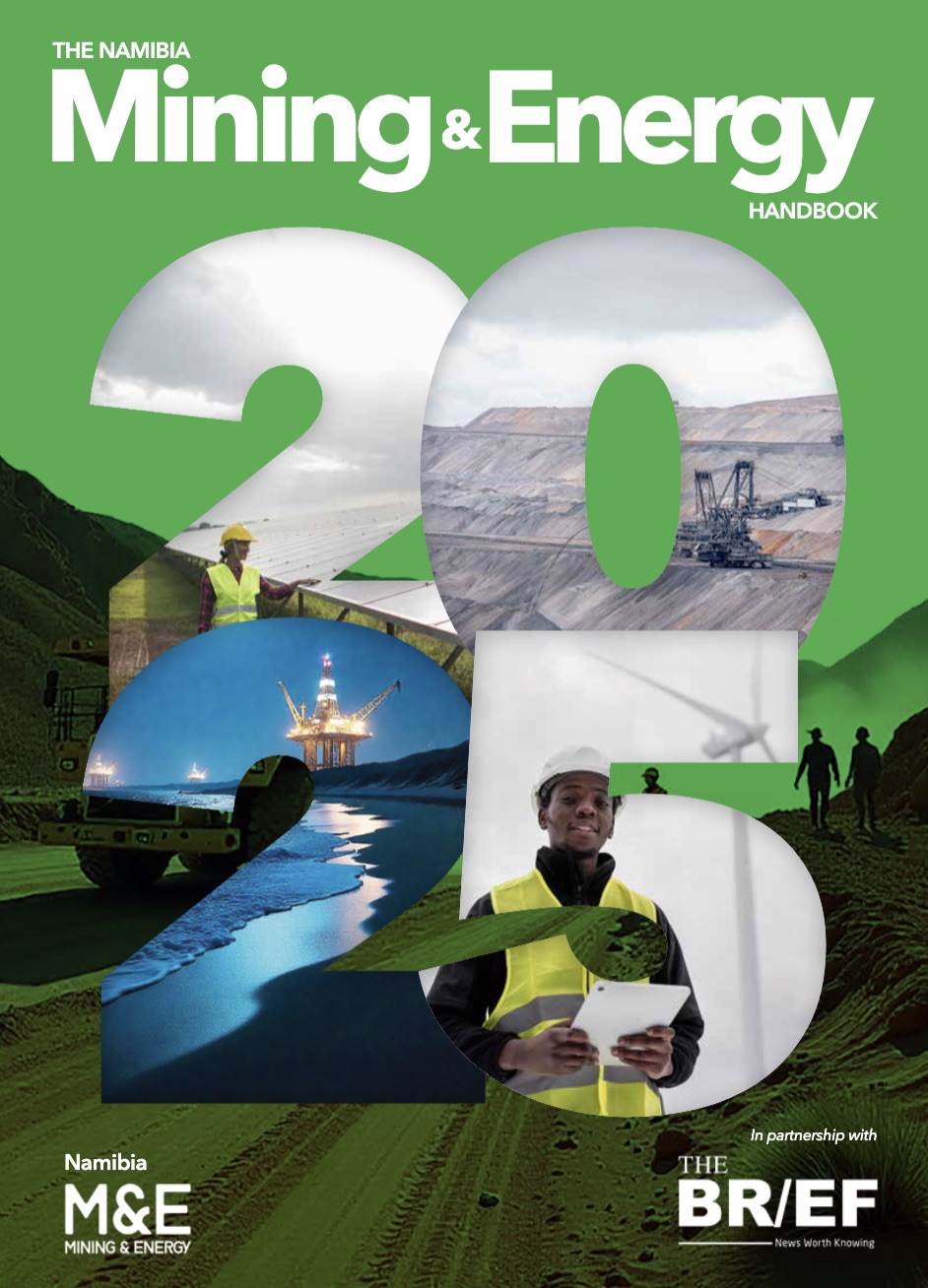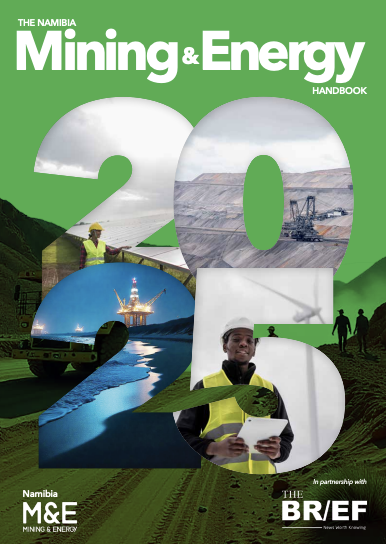
The Namibian Ports Authority (Namport) has cancelled the developer bid for the planned oil and gas supply base at Lüderitz Bay, citing confusion among the public and stakeholders over the ongoing Environmental Impact Assessment (EIA).
Namport’s Marketing and Stakeholder Engagement Manager, Cliff Shikuambi, said the decision was necessary to address misconceptions surrounding the project.
“One critical one being that there are serious indications of public and stakeholder confusion and misalignment regarding this project and the current Environmental Impact Assessment study that is currently underway for the project in Robert Harbour and which includes a heritage impact assessment study on possible impacts to Shark Island,” he said.
He added that Namport considered it most appropriate to first resolve the concerns before proceeding. “Following this important consideration, Namport deemed it most appropriate to first clear up these misconceptions with the public and key stakeholders and not unduly risk compromising an otherwise very sensitive and important environmental impact assessment study,” Shikuambi noted.
The proposed facility, within the legal jurisdiction of the Port of Lüderitz, was intended to support offshore upstream operations in the Orange Basin as Namibia’s petroleum sector advances beyond exploration.
Phase One of the project was expected to require more than N$4 billion in capital expenditure. It included a 500-metre berth extension, with 300 metres designated for oil and gas operations, and the remainder for other port activities. Plans also made provision for the reclamation of 14 hectares of land for short-term cargo storage.
In May this year, Namport’s chief executive officer, Andrew Kanime, said the project was designed to meet the needs of a growing oil and gas sector. “Up until now, we had only been supporting the exploration and appraisal phases. But once the industry decided that it was definitely viable to proceed with the development of those oil fields, everything changed,” he said at the time.
Kanime indicated that later phases would include appointing an external operator to manage the facility, as well as investment in heavy-lift cranes and warehousing. A possible third phase would depend on additional investment from oil operators or increased offshore activity.







